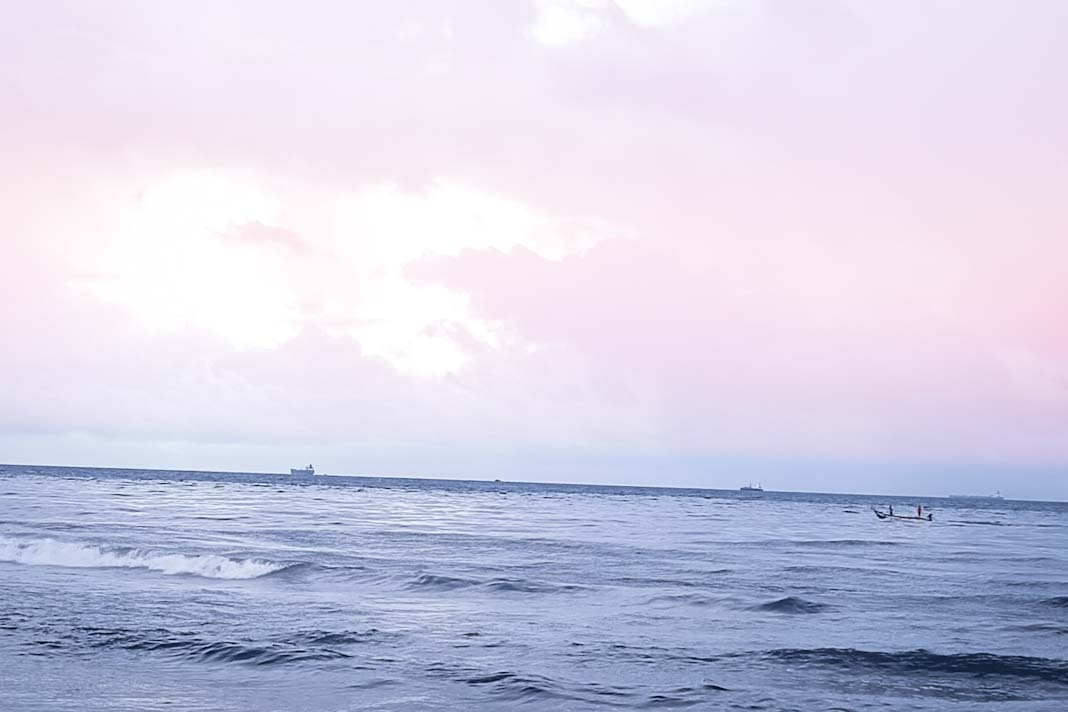This safety incident report, based on findings from the Marine Safety Investigation Unit (MSIU), concerns a serious injury sustained by a crew member during mooring operations in the port of Marsaxlokk, Malta, on 8 May 2020. The purpose of this report is to document the circumstances, causes, corrective measures, and lessons learned to help prevent similar incidents.
A vessel was conducting mooring operations at an offshore fuelling dolphin with a pilot on board. At the aft mooring station, the mooring team noticed uneven tension between two stern lines — one was taut while the other remained slack. While attempting to equalize the tension, the taut line parted and recoiled, striking the third officer on the head and forearm.
Rope Failure Factors and Fleet-Wide Mooring Safety Enhancements
The injured officer remained conscious, received immediate first aid from crew members, and was later transferred ashore for hospital treatment. The parted rope was found to have been in service since October 2019, after several years in onboard storage.
The investigation determined that the rope’s breaking strength had deteriorated to less than 50% of its certified minimum breaking load due to possible abrasion, internal friction, and potential chemical contamination. The mooring arrangement used placed excessive strain on one line, which was led at a sharp angle over mooring bitts, increasing wear and internal stress. Crew attention was diverted to adjusting another rope, leaving the taut line under continuous load from the vessel’s forward drift. A breakdown in communication between the bridge and deck teams likely contributed to the use of a configuration not fully supported by the vessel’s design.
In response, the operating company implemented fleet-wide safety measures, including introducing mooring operation audits, issuing safety bulletins, revising risk assessments to stress communication and supervision, and enhancing training for safe rope handling. They adopted procurement policies to use only ropes with snap-back arrestor technology, set a five-year maximum service life for ropes with a mid-life turnover, and required annual strength testing. Procedures were updated to preserve Voyage Data Recorder (VDR) data after occupational accidents and to align inspection practices with industry standards.
Lessons Learned
- Conduct regular strength testing of mooring ropes in addition to visual inspections.
- Ensure mooring configurations align with vessel design to avoid overloading individual lines.
- Maintain safe positions and awareness of snap-back zones during rope handling.
- Confirm and communicate mooring plans clearly between bridge and deck teams.
- Assign roles so that critical lines under load are continuously monitored.
Did you subscribe to our Daily newsletter?
It’s Free! Click here to Subscribe!
Source: MSIU
















